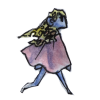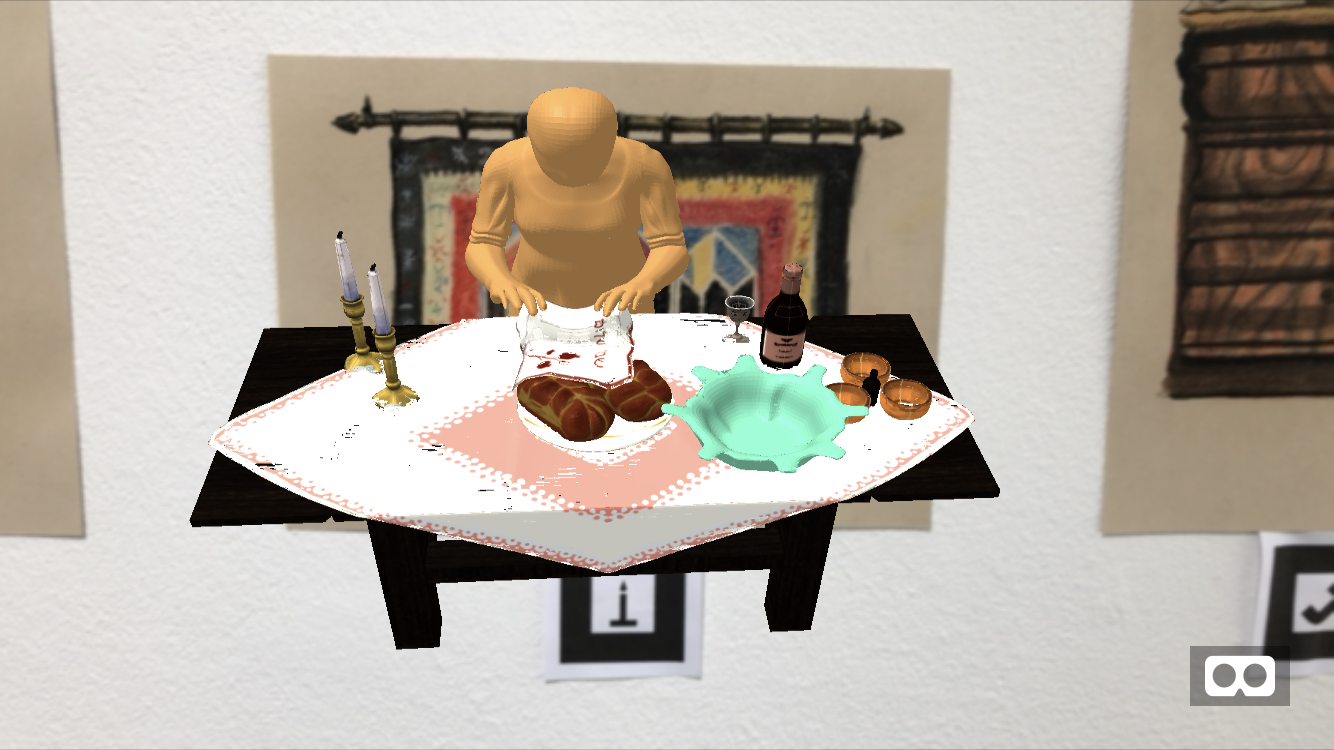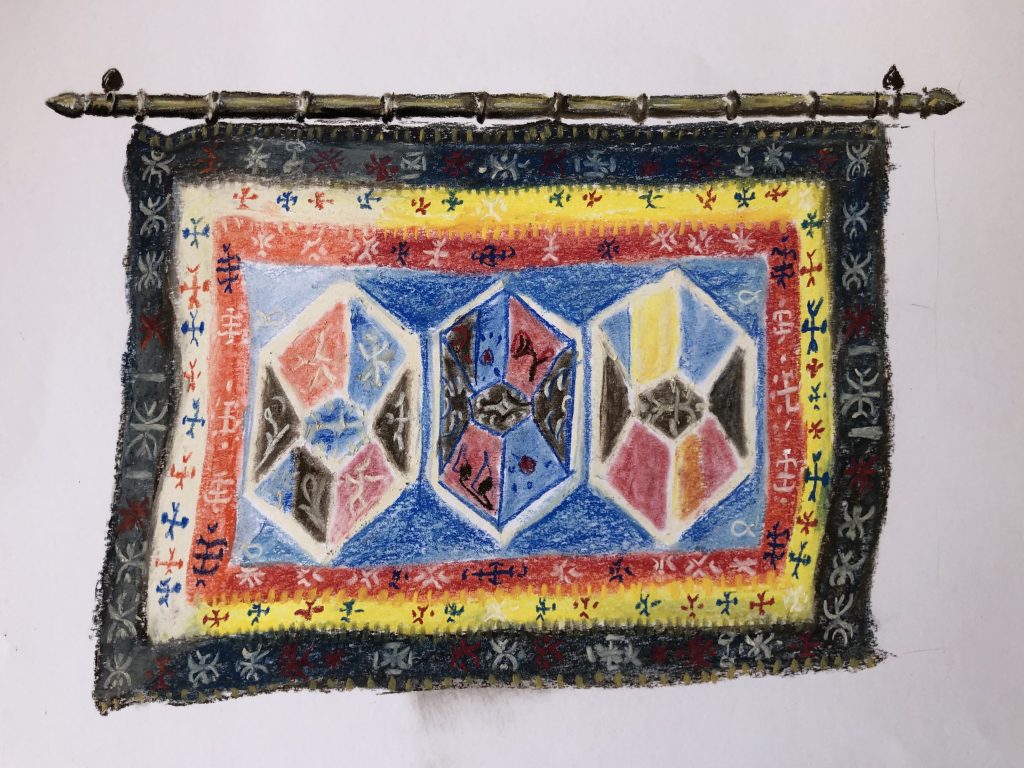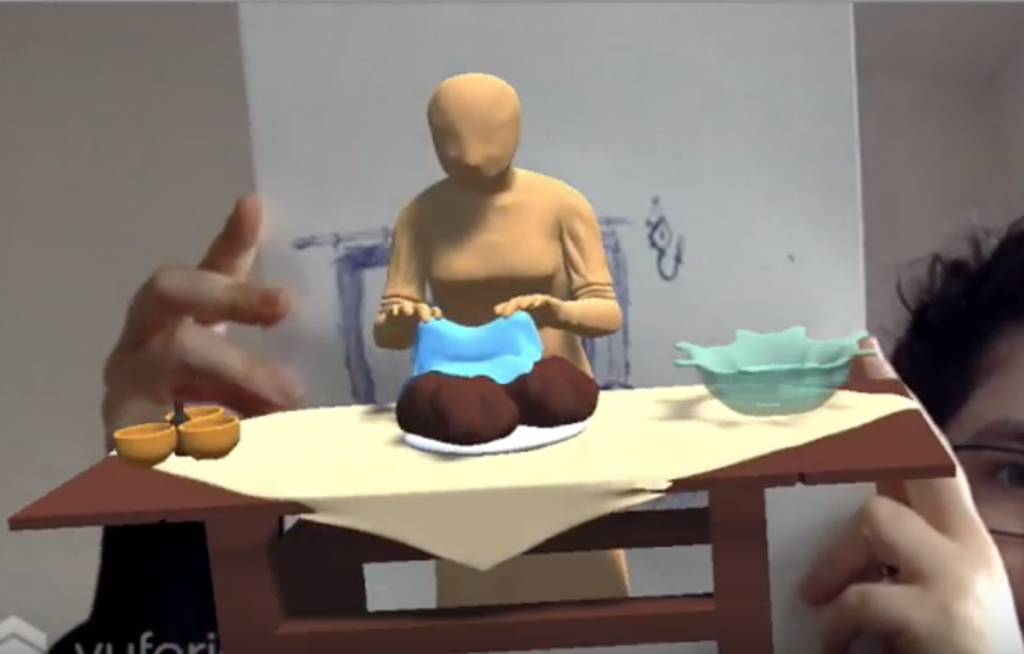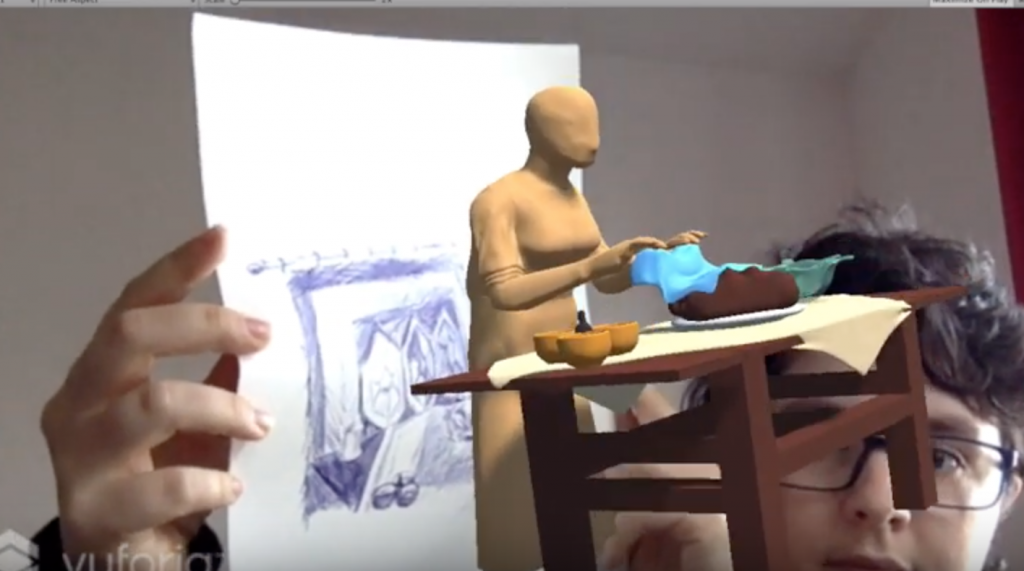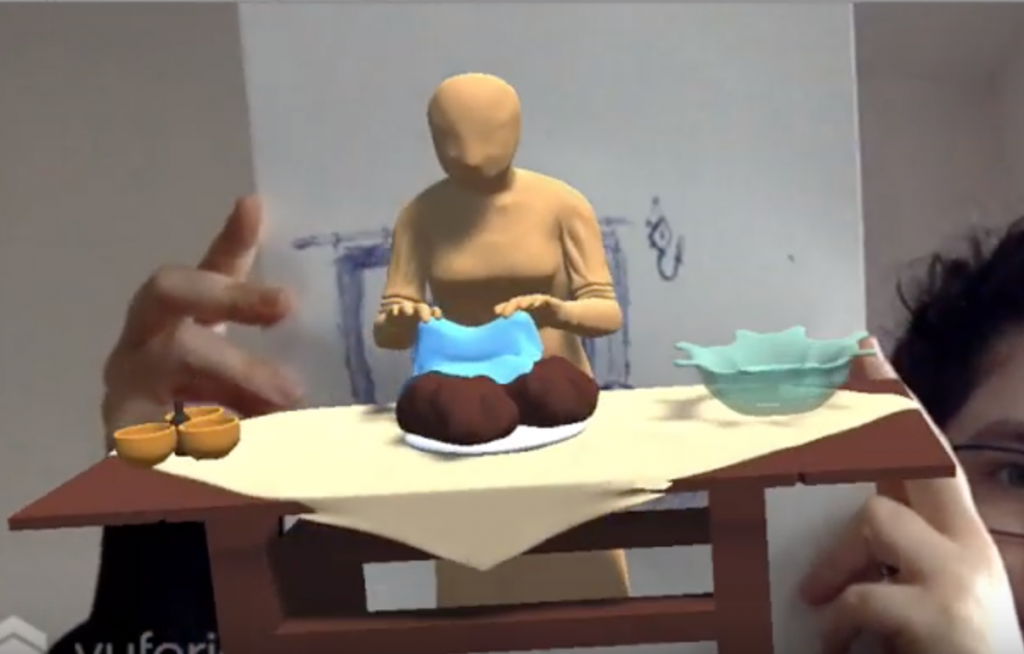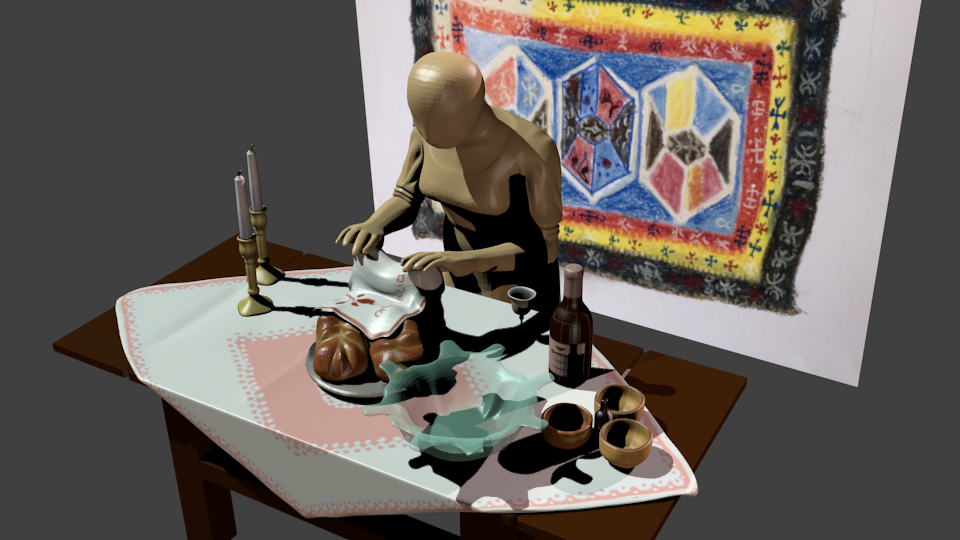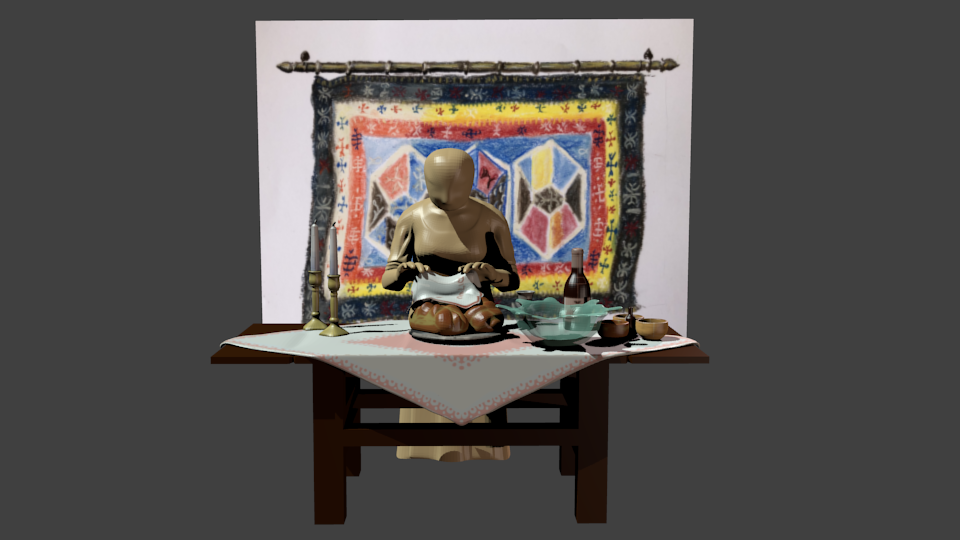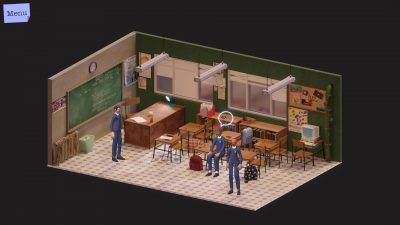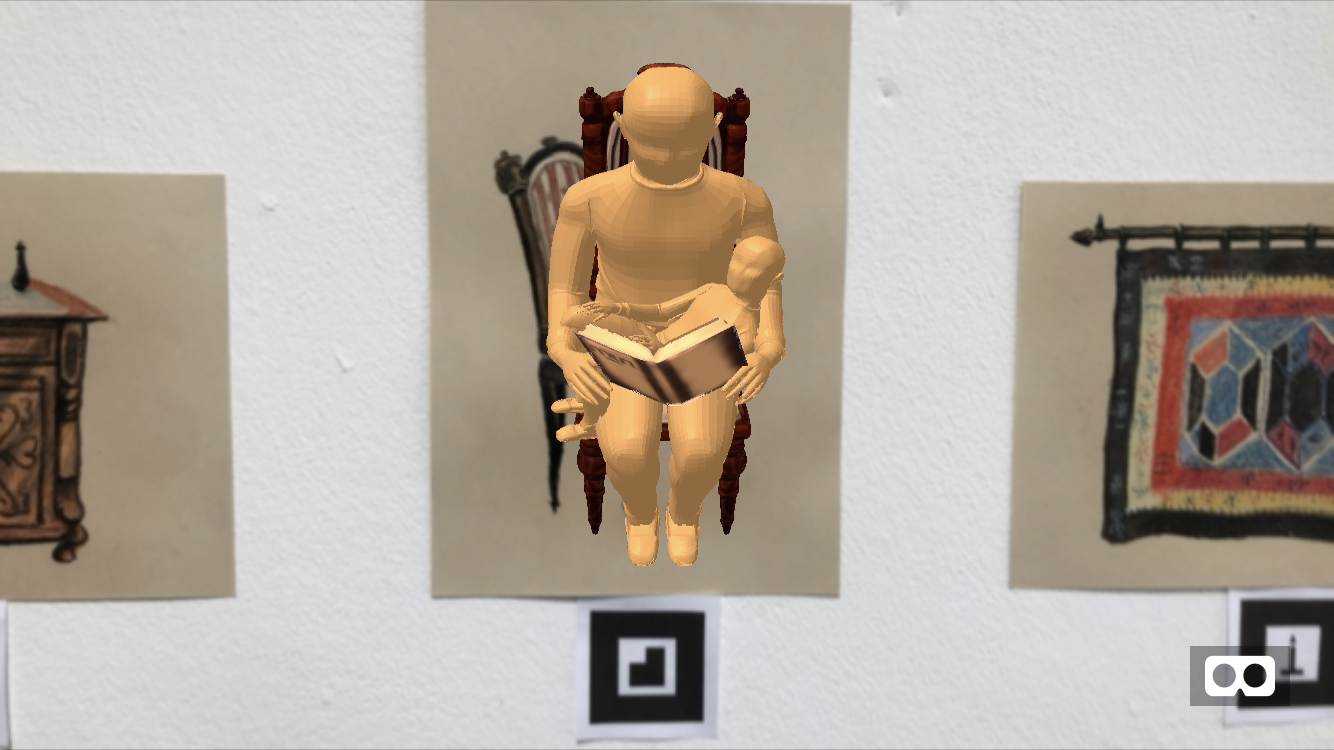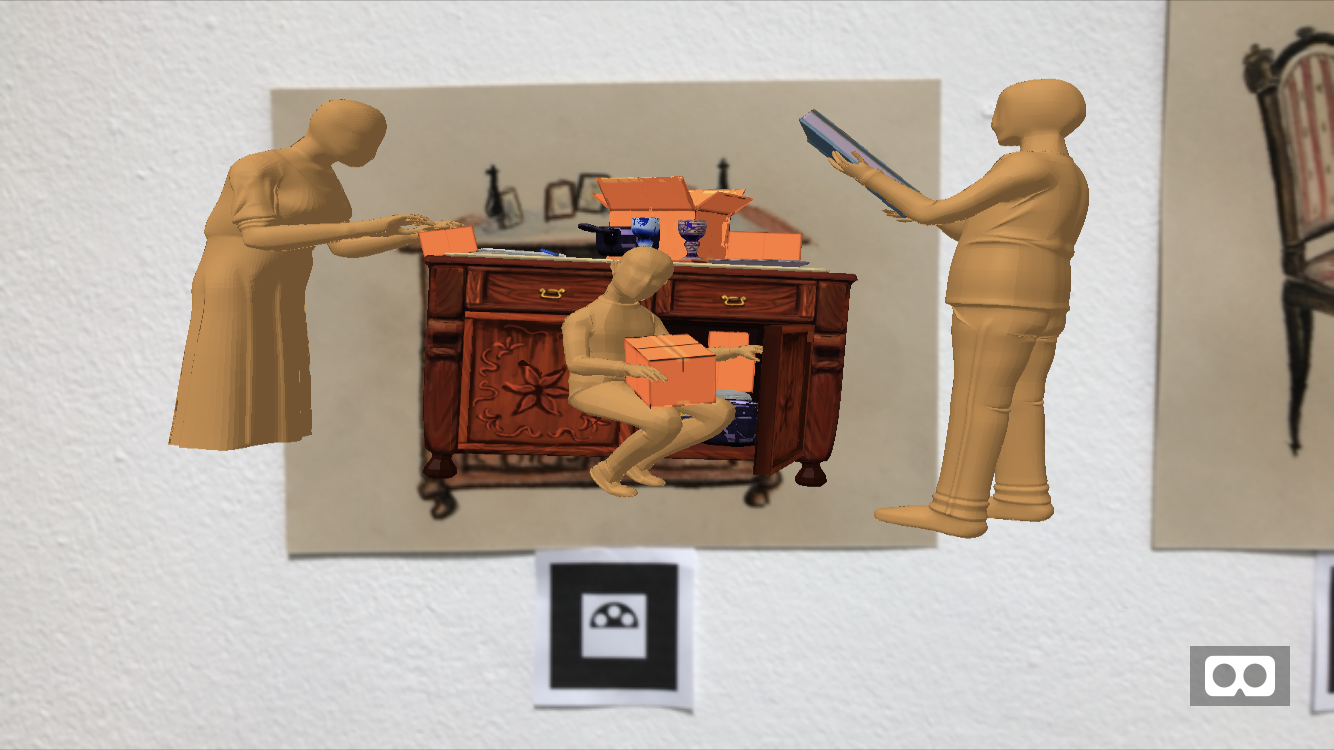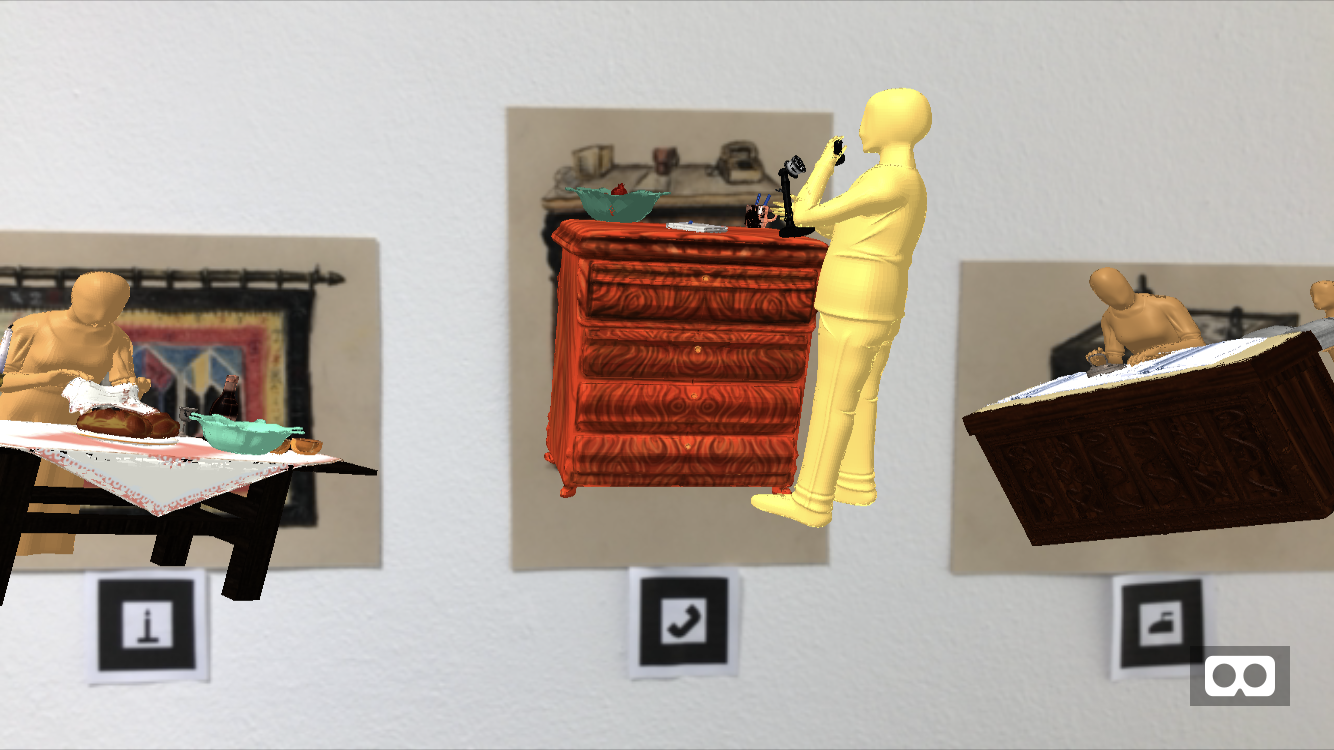The Significance of the Shabbat Meal
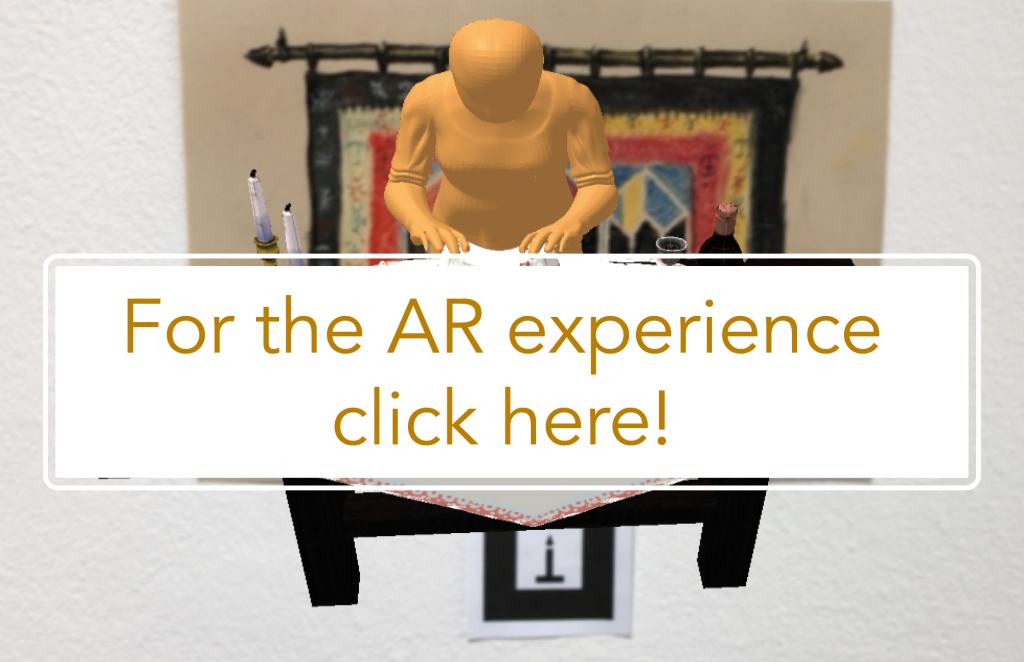
To return to the main page click here.
Target:
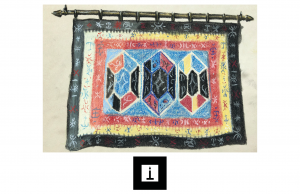
How to observe shabbat depends on who you ask. Judaism is as diverse as the people are who practice it. I, as someone who is merely working on converting to Judaism, do not hold any religious authority over the subject.
Here are links to a few different articles on Shabbat from different perspectives, groups and individuals:
My Jewish Learning (1) – A reform jewish website
Chabad (2) – An orthodox jewish organisation
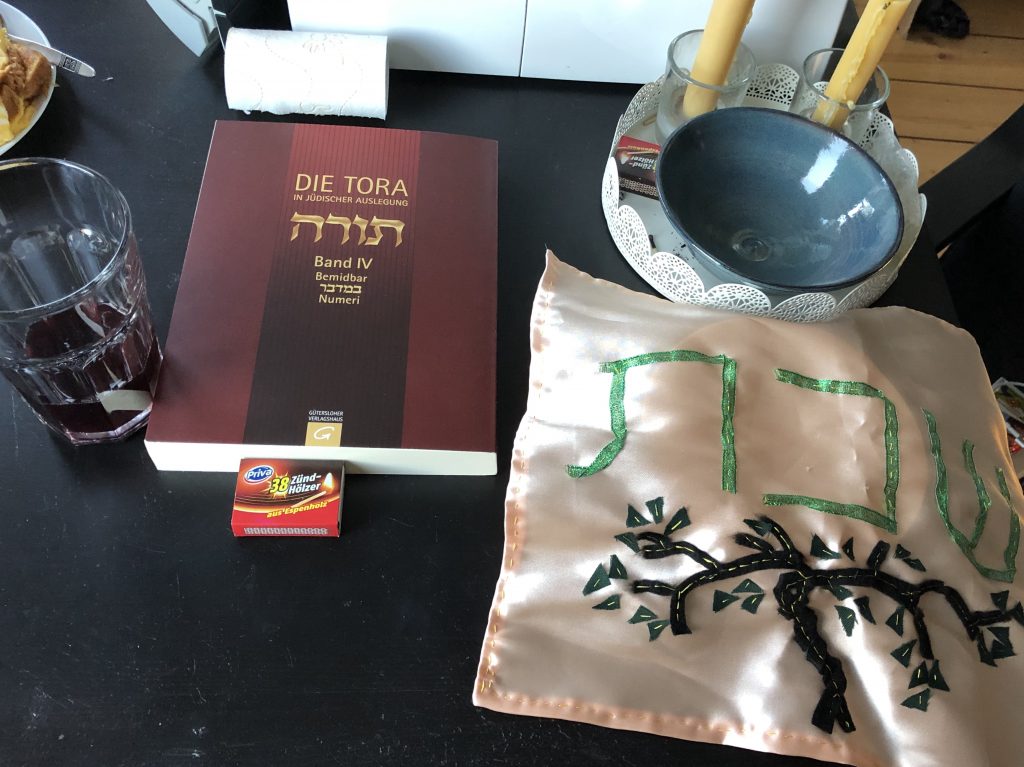
How I personally would sum it up though:
Shabbat is a weekly observance period of rest. You lay down your work, relax and enjoy yourself, respecting the day as special. For me that means that whenever I can, I do not handle money during shabbat, I do not travel, I often pre-cook my meals and I do not answer work emails or do university tasks on that day. Instead I focus on things that bring me joy, study Torah and watch films for entertainment.
Others might avoid technology for a day. And yet others might not observe the day at all in particular.
One of the most recognizable parts of Shabbat must be the shabbat dinner though, a ritual that constitutes of prayer, singing and symbolic food and drink.
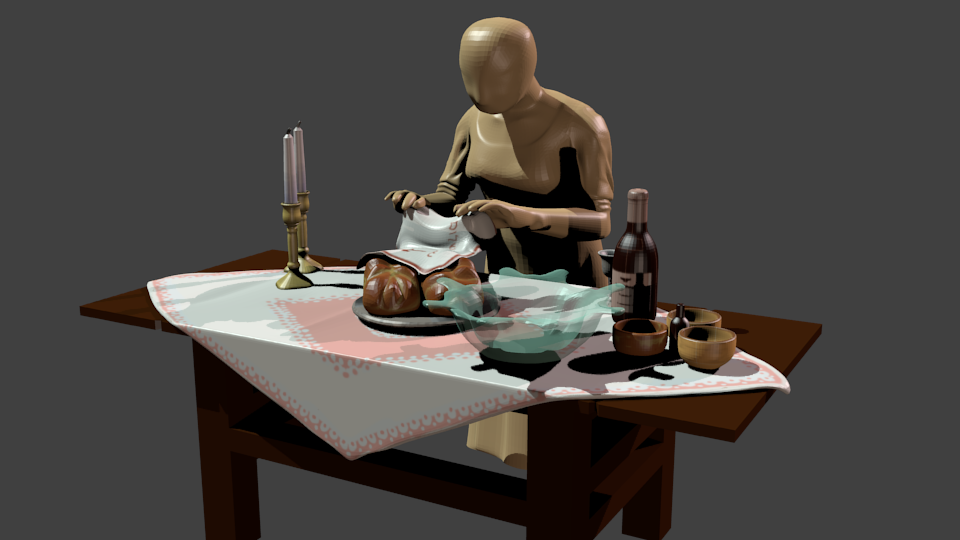
Traditionally, men would go to the synagogue to pray and attend the Friday evening service while the women would stay home and prepare for shabbat. Meals had to be cooked, bread had to be baked and the table, as seen here, had to be set. Once the synagogue goers returned, everyone would eat together.
Three elements are needed here in particular, the candles, the bread and the wine.
The Candles (3)
Once the candles are lit, traditionally done by the woman of the house as she waits at home and to this day it is her right to do, Shabbat begins officially. The lighting is done before covering ones eyes and reciting a blessing.
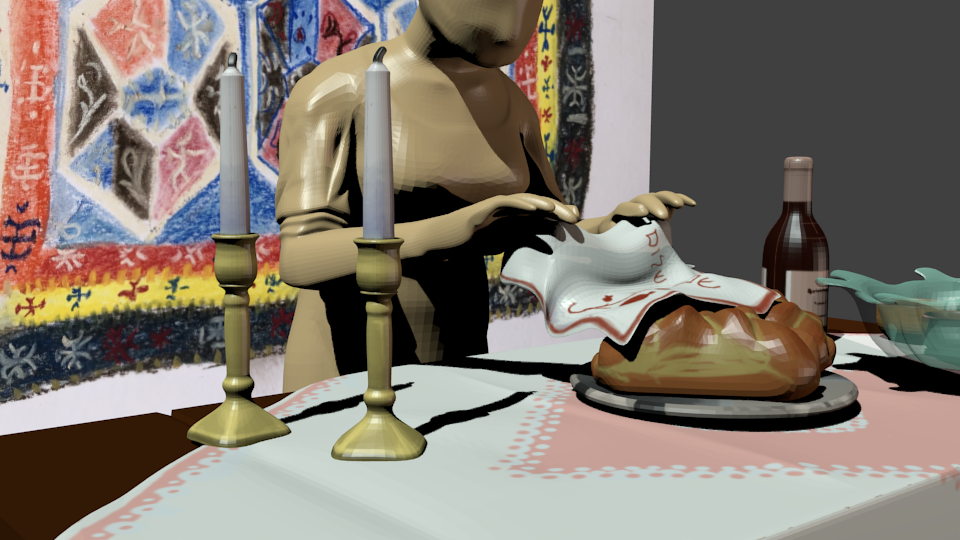
The Wine (4)
After blessing the shabbat, all the rules of shabbat begin. The next step is the blessing of the wine, called Kiddush. Many families have a special cup for this, others (like me) use a simple glass or cup. Those who cannot drink wine can use grape juice instead.
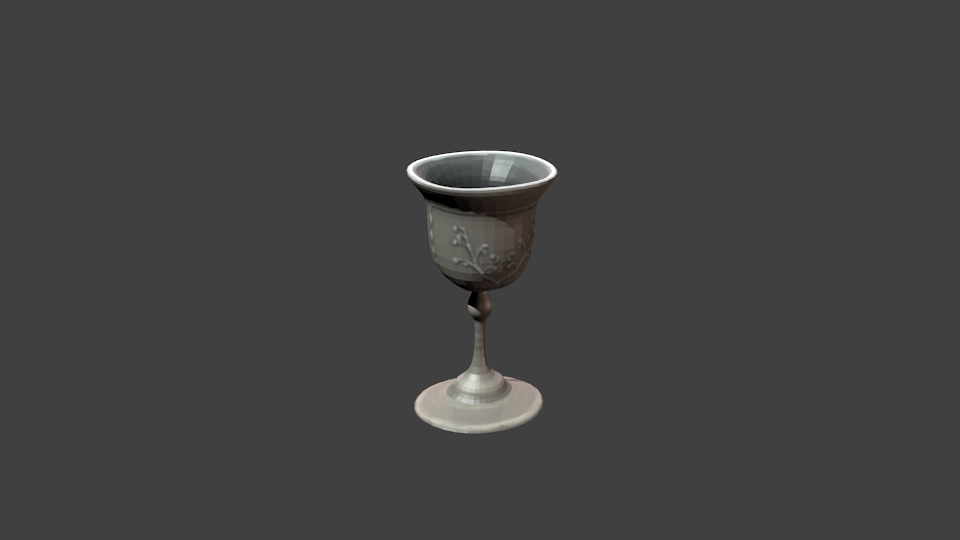
The Bread (5)
The bread eaten for Shabbat is called “Challah”, generally a braided loaf of leavened bread. Customarily there are two loafs on the table for a family shabbat.
As you can see in the images of the 3D scene, the bread is covered with a little cloth, as well as also in my photo of my shabbat setup. This tradition is often explained with how normally, in day to day usage, you would bless bread in a meal before anything else. But on Shabbat you bless the wine first (6). It is often said that you cover the bread to not shame it for not being first on this special day (7). However it is also a reminder of the dew that covered the manna in the desert (8), the gift of God that allowed the Israelites to survive on their voyage through the desert. Some interpret it as an act of showing empathy that can inspire more empathic actions in us during day to day life, an interpretation I personally quite like.
Between kiddush and eating the bread, participants often go and wash their hands ritually before blessing the bread and then tearing or cutting it (there’s debate on wether or not a knife, a tool that can be used in violence, should be present on the shabbat table or not).
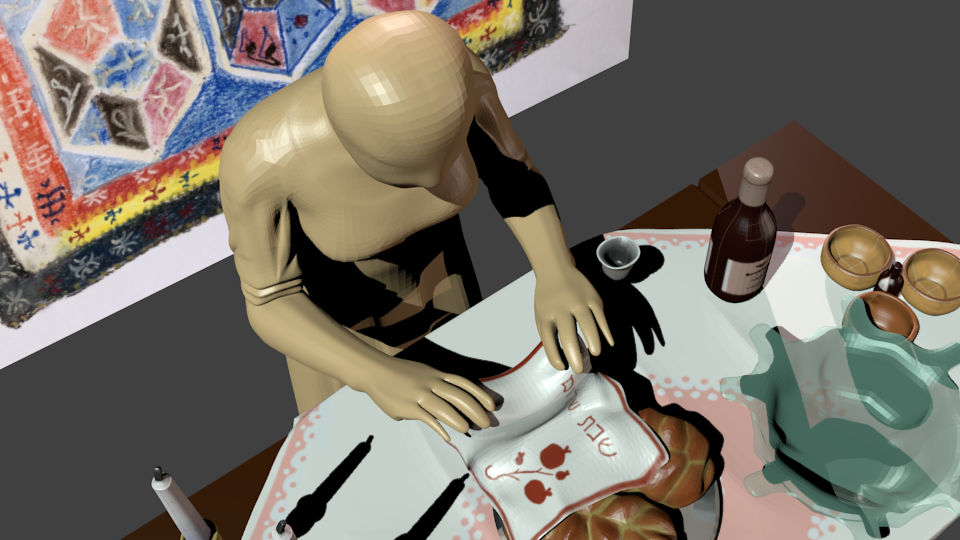
What follows now are some renders of this scene as well as Work in Progress shots in the process of development:
Links:
- https://www.myjewishlearning.com/article/shabbat-101/
- https://www.chabad.org/library/article_cdo/aid/633659/jewish/What-Is-Shabbat.html
- https://en.wikipedia.org/wiki/Shabbat_candles
- https://reformjudaism.org/practice/prayers-blessings/shabbat-evening-blessings-kiddush-blessing-over-wine
- https://en.wikipedia.org/wiki/Challah
- https://www.chabad.org/library/article_cdo/aid/620442/jewish/Why-does-the-kiddush-precede-the-blessing-on-the-bread.html
- https://en.wikipedia.org/wiki/Challah_cover
- https://www.sefaria.org/Exodus.16.13?lang=en&with=Rashi&lang2=en
